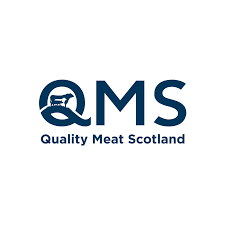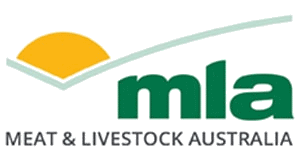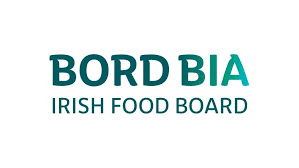QMS ‘Meat the Market’ Workshops for Farmers
Quality Meat Scotland (QMS) is delighted to announce a series of “Meat the Market” workshops designed to provide farmers with essential knowledge on carcass grading, market specifications, and customer requirements.
These workshops will take place at leading processing facilities across Scotland and will include processing plant tours, expert speakers, and hands-on sessions aimed at helping farmers improve the quality and profitability of their livestock.
The workshops will be held on the following dates:
- Tuesday, 17 September 2024 – Beef Workshop at Dunbia Highland Meats, Saltcoats, starting at 9:30am
- Tuesday, 15 October 2024 – Beef & Lamb Workshop at John M Munro Ltd, Dingwall, followed by a visit to Dingwall & Highland Marts Ltd starting at 10:00am
- Wednesday, 16 October 2024 – Lamb Workshop at Morrisons Woodhead Brothers, Turriff, starting at 8:30am
- Wednesday, 16 October 2024 – Beef Workshop at Morrisons Woodhead Brothers, Turriff, starting at 12:30pm
Farmers attending the workshops will have the opportunity to visually grade cattle and lambs before slaughter, then view the resulting carcasses for comparison. This hands-on experience will help participants better understand how their livestock is graded, allowing them to maximise their returns by meeting market demands. Attendees will receive expert guidance on market specifications, carcass presentation, and how to minimise the risk of carcass downgrades.
Speakers at the events include George Allan, Divisional Manager at Meat and Livestock Commercial Services Ltd (MLCSL), and Adrian Crowe, an industry specialist. Both experts will provide insights into market requirements and help farmers understand how to present animals that meet the needs of buyers.
Further workshops are planned for later in the year and will be announced soon, providing even more farmers across Scotland with the opportunity to gain invaluable knowledge and guidance on maximising livestock profitability.
For more information, please contact QMS at [email protected] or visit the QMS website.

QMS provides butchery apprentices with value-added educational events

